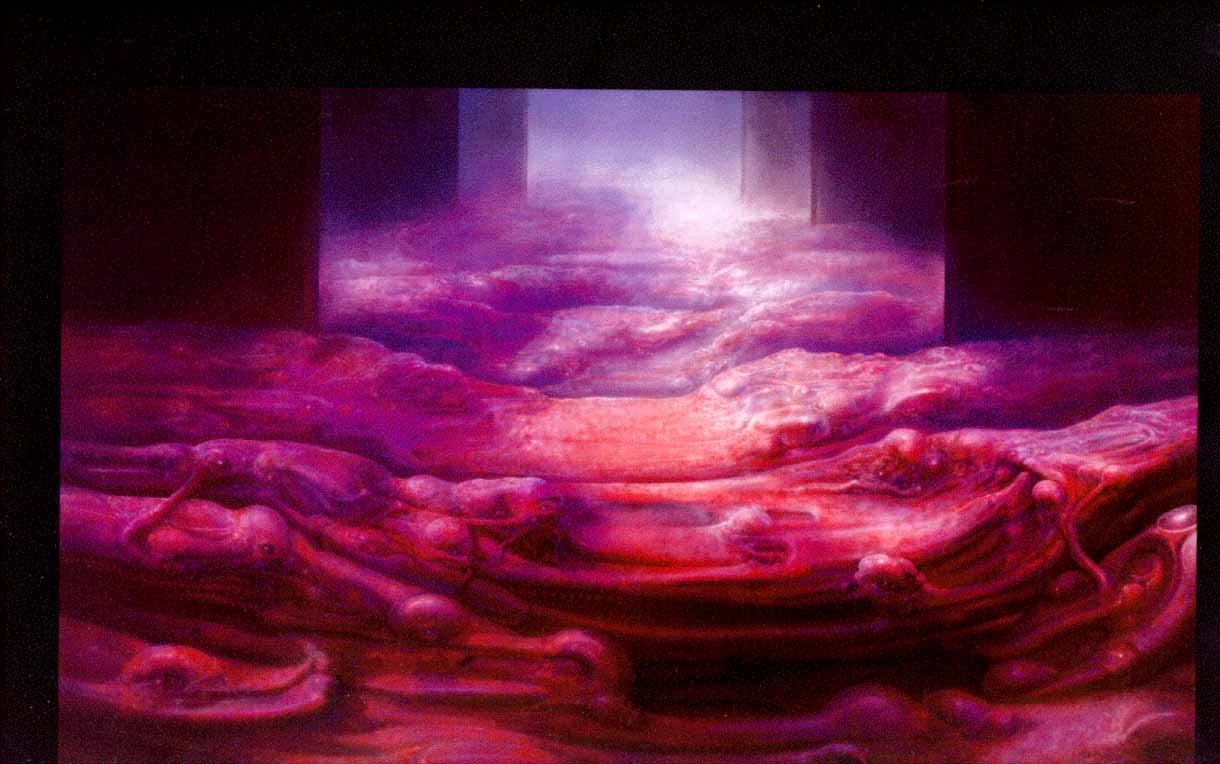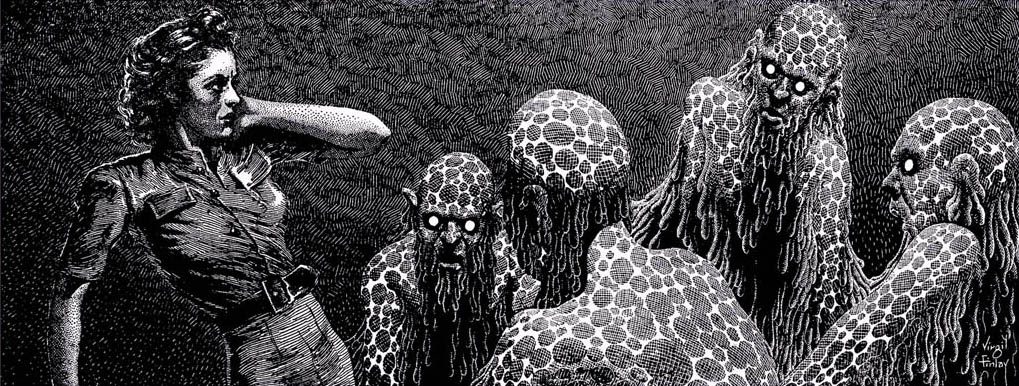The Glories of Incoherence by James Maliszewski back in 2008 B.G. (Before Grognardia)
I found this topic while doing research on an adventure I'm writing. Basically I was looking for ways to describe D&D as sort of a recipe that that DM can use as a basis while still being able to throw in their own flavors from their genre of choice. But how far do you go with alterations?
Specifically, at what point do you need to make up a whole new class or monster?
Would it be easier to take an existing idea and just tweak one or two things?
Here are some quotes from Mr. Maliszewski:
"...1E never attempted to explain the Ranger and its jumble of abilities. Why are Rangers spellcasters at all? Why are they good at scrying (besides the Aragorn/Palantir thing)? As a kid, I found the Ranger simultaneously intriguing and baffling. He clearly wasn't Aragorn but neither was he Robin Hood. Who the heck was the Ranger? Like the Monk, the Ranger seemed odd and so I was forced to find a way to make sense of its seeming incoherence. I eventually came to some conclusions and ran with them and had a lot of fun doing so. Rangers, to this day, remain one of my favorite classes, despite -- or perhaps because of -- their weird mish-mash of abilities."
So how about this scenario: A player is making up a thief character. He tells the DM he wants the character to be a sort of aborigine, a member of a primitive society somewhere.
So he won't have the lock-picking skill because he has had no exposure to that kind of technology.
Should it be left at that? Does a whole new class have to be created?
Perhaps the DM could compensate the lack of that skill with another appropriate skill like survival or something.
When you read about the fighter class, what do you imagine? A ruthless mercenary? A knight in shining armor? Depending on what movies you've seen or books you've read recently, maybe you'll imagine a samurai, a cowboy or a soldier.
That's one of the strengths of the D&D rules. Because of the simplicity and universality of the core abilities and saving throws and such, they work with a wide variety of descriptions for the type of character you have in mind.
Whole other games were based on the core D&D rules, even before the whole D20/OGL explosion.
Gamma World. Buck Rogers. Masque of the Red Death.
AD&D 2nd edition Player's Option: Skills & Powers provided even more choices for character creation.
James again:
"RPGs need rough edges and elements of incoherence. Creativity thrives on the tension between rationality and lunacy and D&D has always been right smack in the middle of that tension. Shove it too far one way or the other and it either becomes boring or unbelievable. I want the game to exist in the eye of a storm; that's where it's the most fun and that's where pulp fantasy D&D exists."
"The eye of a storm." In the middle of something. Not necessarily a statement about "rules balance."
But in the middle of what? The middle ground between light and shadow.
People talk about rule mechanics or the game engine. These are just the odds of something happening according to the dice. So that's one side of an RPG.
The other side is the descriptive part of what is going on in the imaginary world. A continuing series of choices and consequences.
Where the two factors meet in character creation or during play is "the eye of the storm", I think.
Without rules, the game is just sort of a conversation that could potentially turn into an argument or just not be fair and fun.
And without the description, you would be just rolling dice and doing some math.
The "rough edges and elements of incoherence" are the nuts and bolts of the mechanics, the gears of the game engine.
This is where the fictional description has to describe what's happening with all those die rolls.
One gear in the thief description is the lock-picking skill example mentioned earlier. What consequence if a player wants to alter some things? Well, when is a thief not a thief?
If the DM agrees to this kind of player input, let the experiment proceed fairly.
If a player wants to describe their fighter character as a barbarian, assuming that class isn't normally available, why not roll with it. If the player and DM can collaboratively hash out what advantages and disadvantages come from being a barbarian, play it up and have some fun.
How you describe the results of all those dice rolls and math is going to depend on what type of entertainment you are trying to create and imagine. This can be as broad as genre type, but it can also focus on a certain mood or theme.
And finally:
"What D&D desperately needs is to be generic again and it hasn't been in 20 years (at least). I have no interest in doing anything that adds unnecessary specificity to the game."
"What I want to see is a game that's very specific about its inspirations but without catering to the ready-made campaign setting crowd. I want D&D to be a do-it-yourself game again."
So where was I going with this?
1. Don't change the player, shape the game.
2. Rules should facilitate imagination.
3. Be cool to each other.
4. ???
5. Optional complexity. Functional simplicity.





























